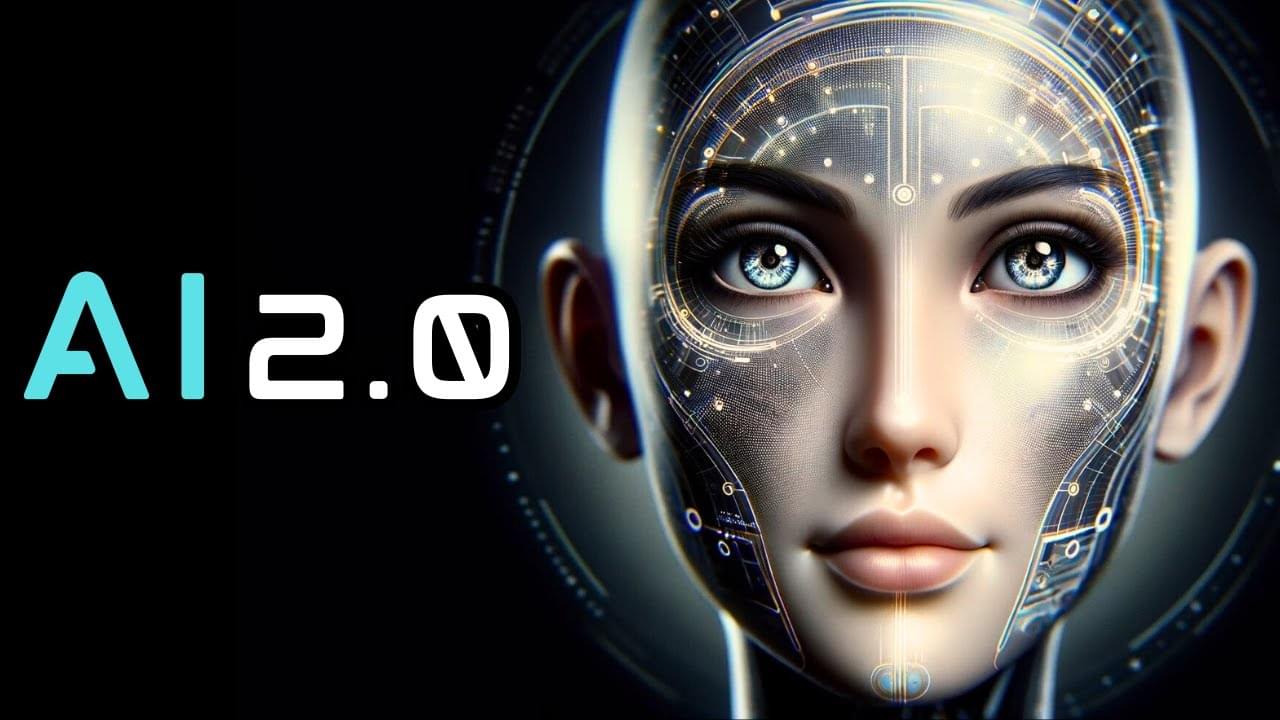Feb 6, 2024
What Physicists Have Been Missing
Posted by Robin Indeededo in category: quantum physics
An exciting new theory reconciles gravity and quantum physics. I think it’s wrong. But I may be too.
An exciting new theory reconciles gravity and quantum physics. I think it’s wrong. But I may be too.
QuEra is cofident that by 2026 it would have built a commercial quantum computer that can beat supercomputers of today with ease.
Seven quantum hardware companies have been awarded multimillion-pound contracts to build a series of quantum testbeds at the National Quantum Computing Centre by March 2025.
Researchers at the University of California, Irvine and Los Alamos National Laboratory, publishing in the latest issue of Nature Communications, describe the discovery of a new method that transforms everyday materials like glass into materials scientists can use to make quantum computers.
“The materials we made are substances that exhibit unique electrical or quantum properties because of their specific atomic shapes or structures,” said Luis A. Jauregui, professor of physics & astronomy at UCI and lead author of the new paper. “Imagine if we could transform glass, typically considered an insulating material, and convert it into efficient conductors akin to copper. That’s what we’ve done.”
Conventional computers use silicon as a conductor, but silicon has limits. Quantum computers stand to help bypass these limits, and methods like those described in the new study will help quantum computers become an everyday reality.

Are you curious about the future of Artificial Intelligence (AI) and how it will be impacted by Quantum Computing? Join us on an exciting journey into the world of technology as we explore how Quantum Computing is set to revolutionize AI by the year 2027. In this video, we will delve into the fascinating realm of Quantum Computing and its implications for the future of AI.
Quantum Computing, a cutting-edge field in computer science, harnesses the principles of quantum mechanics to perform computations at speeds unimaginable with traditional computers. By leveraging the power of quantum bits or qubits, Quantum Computing has the potential to exponentially increase processing power, enabling AI systems to tackle complex problems with unprecedented efficiency and accuracy. Imagine a world where AI algorithms can analyze vast amounts of data in seconds, leading to groundbreaking discoveries and innovations across various industries.
Continue reading “Quantum Computing Will Transform AI by 2027” »
Quantum nanophotonics examines the interaction between emitters and light confined at the nanoscale. This Review highlights the experimental progress in the field, explains new light–matter interaction regimes and emphasizes their potential applications in quantum technologies.
Photonic integrated circuits are an important next-wave technology. These sophisticated microchips hold the potential to substantially decrease costs and increase speed and efficiency for electronic devices across a wide range of application areas, including automotive technology, communications, health care, data storage, and computing for artificial intelligence.
Photonic circuits use photons, fundamental particles of light, to move, store, and access information in much the same way that conventional electronic circuits use electrons for this purpose. Photonic chips are already in use today in advanced fiber-optic communication systems, and they are being developed for implementation in a broad spectrum of near-future technologies, including light detection and ranging, or LiDAR, for autonomous vehicles; light-based sensors for medical devices; 5G and 6G communication networks; and optical and quantum computing.
Given the broad range of existing and future uses for photonic integrated circuits, access to equipment that can fabricate chip designs for study, research and industrial applications is also important. However, today’s nanofabrication facilities cost millions of dollars to construct and are well beyond the reach of many colleges, universities, and research labs.